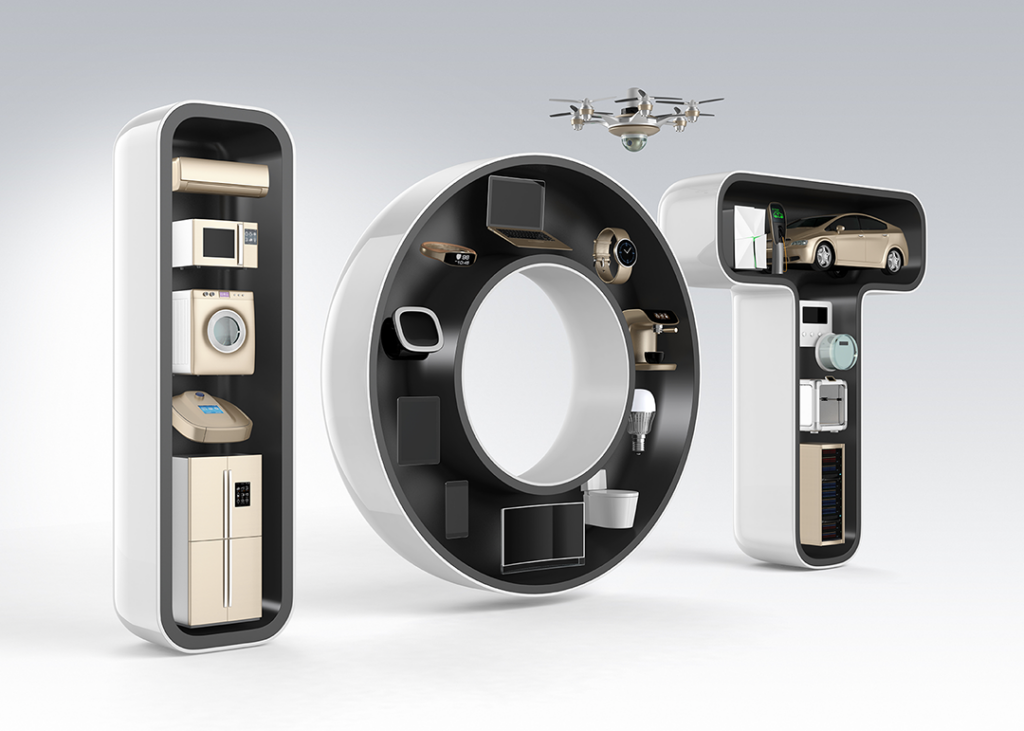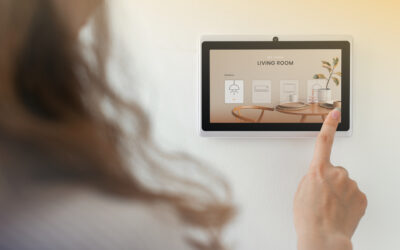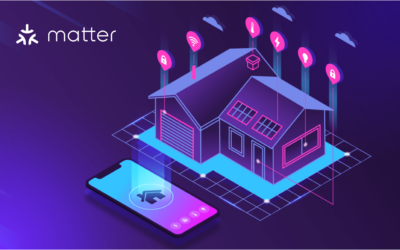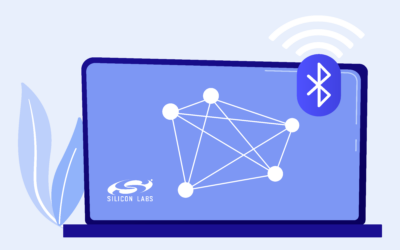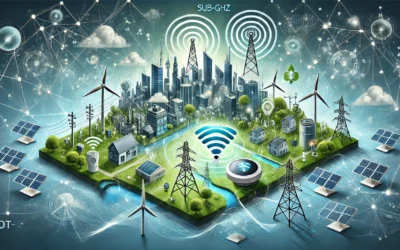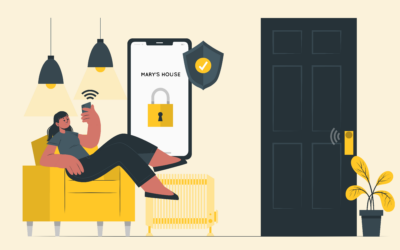Table of Content
- Why should we care about IoT?
- How can we prepare for IoT?
- IoT Applications and Improvements
- Further examples of IoT solutions
- Conclusion
IoT devices are anything connected to the Internet that carries data. These could be smart homes with intelligent locks, lighting, heating, temperature controls, cameras, and doorknobs.
It is also present in modern cars, which need smart key card entry, onboard diagnostics, connectivity, and crash avoidance.
Furthermore, IoT is prevalent with industrial robots, which add advanced features (for example, 3D printing), or autonomous vehicles (receiving data and collision warnings).
IoT is also present with other sensors on vehicles that add intelligent features and the eventual autonomous driving capabilities.
Why should we care about IoT?
IoT will be as impactful on our lives as the advent of the automobile and the computer. The IoT revolution will create a multi-billion data economy in the following years, enabling new industrial productivity, process, and efficiency improvements.
How can we prepare for IoT?
The amount of information that is becoming available is increasing and growing and moving at such a fast pace that it is overwhelming to keep up. IoT devices are communicating and creating data, which is evolving so quickly and shifting so much that some people cannot keep up with the changes.
For this reason, many of us need to take a step back and realize that we are becoming a lot more dependent on IoT. Like any other technology with a human role, it will have some negative and positive effects.
Therefore, it is crucial to explore the advantages and disadvantages of IoT to help us understand what the future of computing will become.
IoT Applications and Improvements
As mentioned earlier, IoT solutions make everything simpler. That’s the reason why there are dozens of different IoT solutions. So, to fully understand the IoT solution concept and how it applies to your business, you need to do research and gather insights into your domain. You need to consider one thing: what are the problems in your organization?
How can IoT solve them? How can it give you some actual data, and how can it bring some other kind of data from the sensor—say, from the devices that are already connected—to another device? And what are the advantages of such an architecture?
A good example is supply chain management. You can set up an IoT system to optimize delivery times for your company to make sure that you keep up with client’s orders. If you can see that the delivery time to your client is getting longer and longer, it’s worthwhile exploring if IoT can help.
IoT applications can give you data and information from various sensors to improve efficiency and drive new business. You can even make practical use of IoT technology for solving personal problems like getting good sleep or keeping up with your workout regimen.
You can monitor your physical activity, for instance, to make sure that you get up and perform the physical activities that you want.
Or maybe you’re too busy to do any exercises but would like to do it, and so you’ll use the fitness trackers to monitor your physical activity, and then you can do a workout at night when you have the time, and you’ll be motivated. That’s one exemplary personal application for IoT.
And, last but not least, IoT solutions are available for handling and providing high-quality training to employees. For example, for learning a new language. IoT devices can give you information about your language levels and how to improve them.
We think it’s a good idea for each business domain to understand the different possibilities for IoT. What are the problems you’re facing? What will be the challenges you have ahead? In the end, it’s not going to be the technology that gives you success. It will be your mindset and your core business, for which you need to come up with innovative solutions.
Further examples of IoT solutions
With IoT, there are thousands of different applications. We’ve tried to give you a few examples that you can check out to get started.
For healthcare, IoT can play a role in assessing injuries and burns. In logistics, IoT solutions can help to track delivery orders and supply chain management.
Another example is a pretty cool IoT solution that can detect health problems in people. For example, there are cases when doctors fail to diagnose diabetes properly, even when the patient doesn’t have any symptoms or health issues.
But IoT devices can be used in hospitals, in health clinics, for analyzing the patients to assess their health. As a result, the doctors can make sure that the patients don’t have any problems and have good survival chances.
Another example is that of the IoT networks for health care. Even some of the doctors will probably use IoT gadgets in their hospitals for health care. Such networks can measure patients’ physical health, such as sensors, generating consolidated health data for analysis.
Doctors can then have access to this information and see how the patients are doing with their health, which can help them decide the care given to those patients—this can help determine how to manage diabetes or other illnesses.
IoT and Security Awareness
Any device with a battery is a potential IoT device. What if the device has to go into maintenance mode to back up a stable machine after an outage?
Some makers are concerned about hardware overtaken by the low-cost, always-on technology that will dominate this market in the future, and they should be.
We shouldn’t want a few thousand dollars of devices to go offline on their own because we’re assuming this technology’s superiority over software applications in every area.
Unfortunately, current security models are not promising for this scenario. Security is so flimsy that your phone may be able to be wiped out of existence by an individual with a rogue email address or password using their device.
We can count on this happening until we find a way to create devices that can withstand our increasingly hostile security landscape, but we have no guarantees that they’ll work like we want them to.
Any machine on our network accessed without a password is a potential risk in today’s security model, even if it doesn’t do anything else on the web. We’ve always been aware that it’s important to keep user accounts secure.
Still, the concept of letting machines connect remotely, in the name of security, has always felt like an illusion rather than reality.
A security-first strategy is one of the most critical tools to build a better, more interesting, and more beneficial world. There should be no industry that is exempt from being exposed to this necessary change.
IoT is changing so rapidly, and we’re only beginning to get real answers to the questions of security and practical applications. It’s okay to be skeptical of this technology from day one because it will change as fast as our understanding of security changes.
These devices will be collecting data everywhere we go, and we’ll be able to harness this information to make a better version of our own lives and run our organizations smarter and leaner.
Conclusion
The Internet of Things is considered an emerging technology that is gaining traction globally, and devices connected with the Internet are gaining increasing importance. IoT is a buzzword nowadays, and many companies are offering products and services associated with IoT.
With increasing Internet penetration in India, Brazil, and many other emerging markets, IoT will continue to expand, adding billions of connections to the network.
The value of IoT is immense. IoT can contribute significantly to the improvement of customer experience, enhance efficiency and create a thriving economy. With the increasing IoT penetration, it’s essential to understand its implementation.
Stay tuned because, in a subsequent article, we will look at the six steps required to adopt IoT within your organization.

